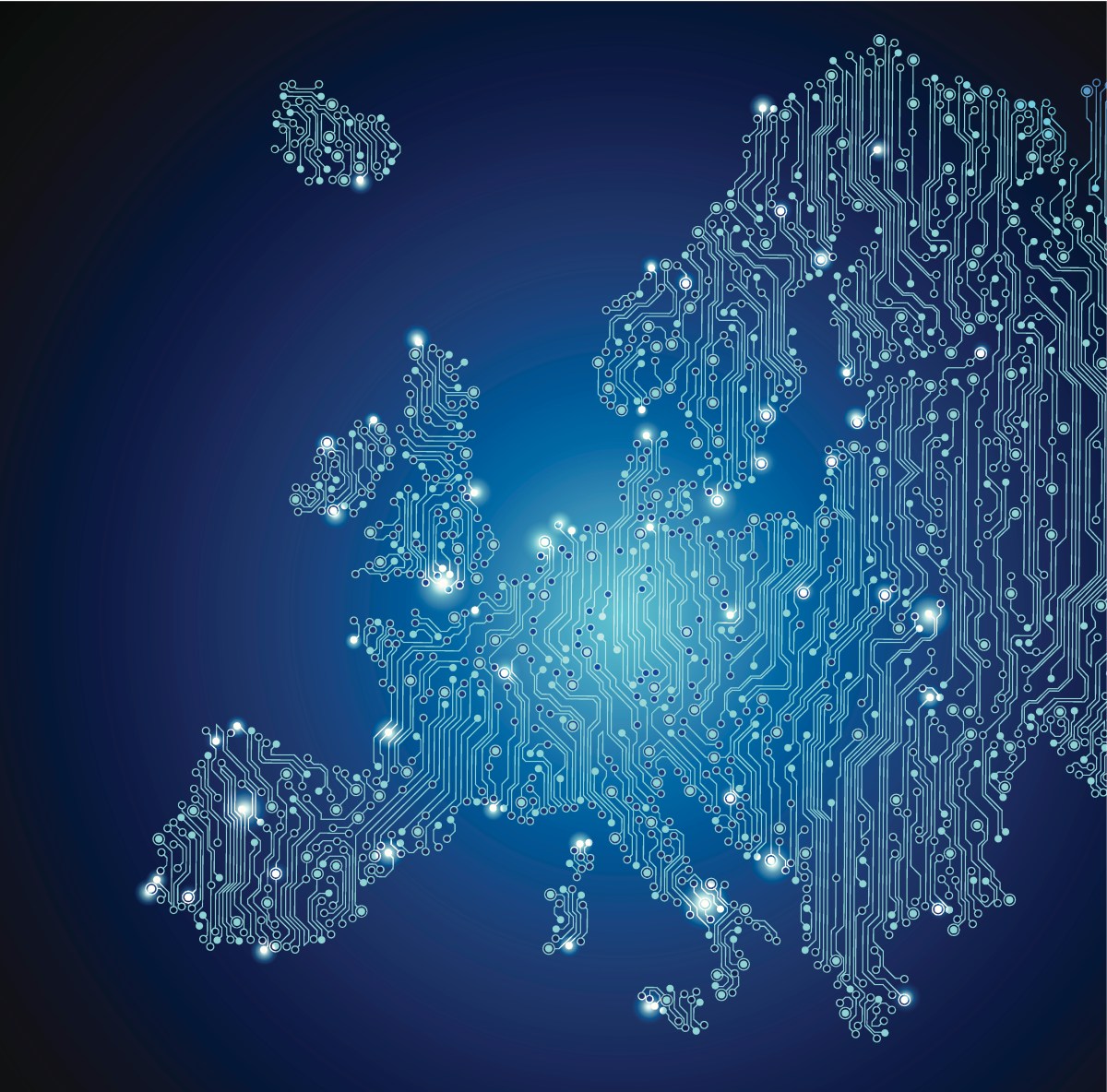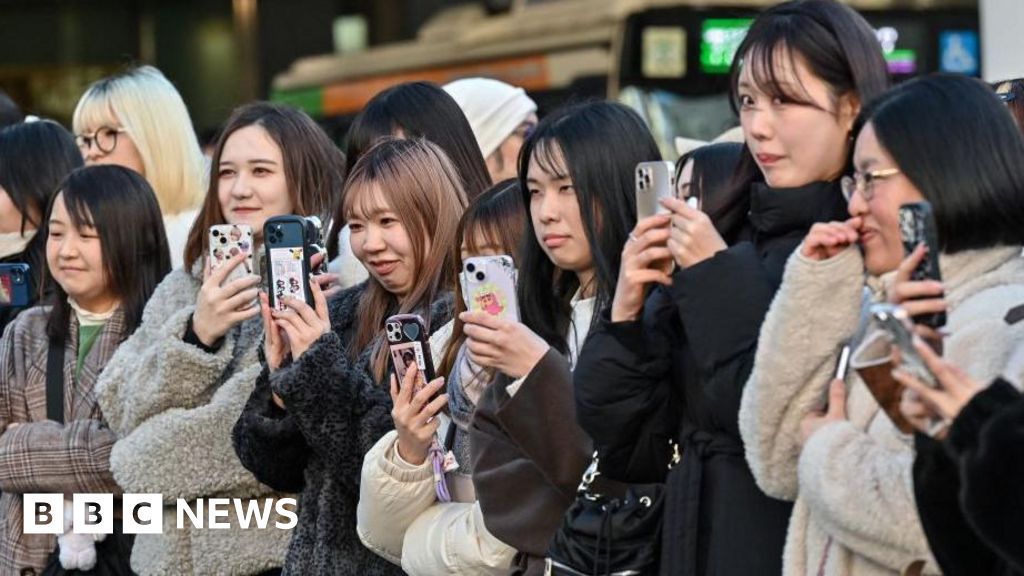Maximizing Success: Strategies for Your Physical Store Business

Key Takeaways

- Unique Sensory Experience: Physical stores provide a tactile shopping experience that allows customers to touch, see, and engage with products in a way that online shopping cannot replicate.
- Personal Connections: Shopping in-store fosters direct interactions with staff, resulting in personalized service and tailored recommendations that build customer loyalty.
- Supporting Local Economies: Physical stores contribute significantly to local economies by creating jobs, sourcing locally, and promoting community connections, making them vital for neighborhood growth.
- Challenges of Competition: Brick-and-mortar shops face stiff competition from online retailers, which requires them to differentiate themselves by enhancing in-store experiences and providing excellent customer service.
- Adoption of Technology: Integrating technology, such as digital payments and in-store analytics, helps physical stores streamline operations and improve customer engagement.
- Innovative Design and Focus on Community: Adopting innovative store designs and emphasizing community connections can attract foot traffic, create memorable experiences, and ensure the sustainability of local businesses.
In a world dominated by online shopping, physical stores still hold a unique charm that can’t be replicated. Stepping into a brick-and-mortar shop offers a sensory experience—feeling the textures of products, hearing the buzz of conversation, and seeing items up close. For many, this tactile engagement is an essential part of the shopping journey.
Physical stores also foster community connections, allowing you to interact with local businesses and meet fellow shoppers. These spaces create opportunities for personalized service and immediate gratification, something online retailers often struggle to provide. As you explore the evolving landscape of retail, understanding the value of physical stores can enhance your shopping experience and support local economies.
Overview of Physical Stores

Physical stores offer unique advantages that enhance the shopping experience. You engage multiple senses by touching products, seeing displays, and experiencing the atmosphere. These sensory interactions create memorable experiences that online shopping cannot replicate.
Retail environments foster personal connections between customers and staff. You can ask questions, receive tailored recommendations, and enjoy an immediate purchasing process. This level of service builds loyalty, as customers appreciate the human touch.
Small businesses benefit significantly from having a storefront. It provides visibility in the community, attracting local customers who prefer supporting nearby enterprises. Creating a welcoming space encourages repeat visits, vital for building a customer base.
Physical stores also contribute to the local economy. You stimulate economic growth by providing jobs and sourcing from local suppliers. This community focus enhances the store’s reputation, encouraging patrons to prioritize small businesses over larger retail chains.
Physical stores present valuable opportunities for retailers. You create memorable customer experiences, develop personal relationships, and support local economies through your storefront.
Benefits of Shopping at Physical Stores

Physical stores offer distinct advantages that enhance the shopping experience, particularly for small businesses. You’ll find unique benefits that foster customer loyalty and strengthen community ties.
Tangible Experience
Physical stores allow customers to interact directly with products. Shoppers can touch, hold, and try on items, making purchasing decisions more informed. This tangible experience creates a memorable connection that online shopping can’t replicate. For small businesses, providing a sensory-rich environment promotes customer engagement and fosters trust in your offerings.
Immediate Gratification
Shopping at a physical store provides immediate gratification. Customers can take their purchases home right away, avoiding the wait associated with online orders. This instant fulfillment enhances satisfaction and encourages repeat visits. For small businesses, delivering products promptly solidifies your reputation within the community, driving more foot traffic to your storefront.
Challenges Faced by Physical Stores

Physical stores encounter several challenges that can impact their operations and profitability.
Competition with Online Retail
Competition with online retail poses a significant challenge for physical stores. Customers often opt for the convenience and variety offered by e-commerce platforms. Small businesses with a storefront must differentiate themselves by highlighting the unique in-store experiences they provide. Engaging service, community ties, and the ability to physically interact with products enhance customer loyalty and draw traffic that online retailers can’t replicate.
Operational Costs
Operational costs are a critical concern for small business owners running physical stores. Expenses like rent, utilities, staff salaries, and inventory management can accumulate quickly. Unlike online businesses, which may operate with lower overhead costs, your storefront needs consistent foot traffic to cover these expenditures. Effective inventory management strategies can minimize costs, while promotional events can attract more customers, creating opportunities for sales.
Evolution of Physical Store Concepts

The concept of physical stores has evolved significantly, adapting to changing consumer preferences and technological advancements. Small businesses can leverage these changes to enhance their retail strategies.
Innovative Store Designs
Innovative store designs create engaging environments that attract customers and foster memorable experiences. Small businesses can implement flexible layouts that showcase products effectively while allowing for easy navigation.
- Open Concepts – Open space design encourages customer interaction and exploration, enhancing comfort.
- Thematic Ambiance – Tailored themes resonate with your target audience, creating a unique identity.
- Interactive Elements – Features like product testing stations or experiential displays invite customers to engage with offerings directly.
Integration of Technology
Integrating technology into your storefront enhances the shopping experience and streamlines operations. Embracing tools that combine online accessibility with in-store convenience can drive foot traffic and boost sales.
- Digital Payments – Accepting various payment methods, including mobile wallets, increases transaction ease.
- In-Store Analytics – Utilizing data collection tools allows you to understand customer behavior and optimize stock.
- Customer Engagement Apps – Creating an app or loyalty program provides personalized interactions and cultivates repeat business.
By adapting to these innovative concepts and integrating technology, small businesses can thrive in the evolving landscape of physical retail.
Future of Physical Stores

The future of physical stores focuses on adaptability and innovation. Small businesses must embrace changes in consumer preferences and leverage their unique strengths. You’ll notice that customer expectations shift toward personalized experiences, making personalized service crucial.
Technology Integration
Integrating technology into your storefront enhances the shopping experience. Consider implementing digital payment methods, in-store analytics for tracking customer behavior, and loyal customer apps. These tools can streamline operations, allowing for better engagement and repeat visits.
Innovative Store Designs
Adopting innovative designs for your retail space can attract more foot traffic. Create environments that encourage interaction, whether through open layouts or thematic displays that resonate with your target audience. Engaging customers in unique ways turns casual visits into loyal patronage.
Community Focus
Small businesses play an essential role in local communities. Emphasizing your connection to the neighborhood not only enhances your brand image but encourages customers to support local alternatives over larger retail chains. Community-driven events, such as pop-up markets or workshops, can further solidify your presence.
Diverse Offerings
Offering unique products or experiences differentiates your storefront from competitors. Focus on providing exclusive items or services that customers can’t find online. This proposition strengthens loyalty and can attract shoppers from neighboring areas seeking something special.
Sustainability Practices
Incorporating sustainability practices into your retail operations aligns with growing consumer preferences. Use eco-friendly packaging and source materials locally whenever possible. Shoppers appreciate businesses that prioritize environmental responsibility, leading to enhanced customer trust and satisfaction.
By focusing on these aspects, physical stores can thrive despite online shopping competition, reinforcing your small business’s importance in the retail landscape.
Conclusion

Embracing the charm of physical stores can significantly enhance your shopping experience. These spaces offer a unique opportunity to connect with products and people in a way that online shopping simply can’t replicate. By supporting local businesses, you’re not only enjoying personalized service but also contributing to your community’s economy.
As you navigate the evolving retail landscape, remember the importance of innovation and adaptability in physical stores. Look for those that integrate technology and create engaging environments, making your visits memorable. Prioritizing unique experiences and sustainability can set these stores apart from online giants.
Ultimately, your choice to shop at physical locations helps sustain local enterprises and fosters a vibrant community. So next time you’re considering a purchase, think about the value of that in-store experience and the positive impact it has on your neighborhood.
Frequently Asked Questions

Why are physical stores still important in the age of online shopping?
Physical stores provide unique sensory experiences, allowing customers to touch products and interact with staff, which fosters community connections and personalized service. They also offer immediate gratification, as shoppers can take their purchases home right away.
How do physical stores support local economies?
They create jobs and source products from local suppliers, enhancing the local economy. Small businesses with storefronts increase their visibility, attracting customers who prefer to support nearby enterprises.
What advantages do physical stores have over online shopping?
Physical stores encourage direct interaction with products, helping customers make informed decisions. They create memorable shopping experiences and allow for tailored recommendations from staff, fostering loyalty among shoppers.
How can small businesses compete with online retailers?
Small businesses can differentiate themselves by emphasizing unique in-store experiences, offering personalized service, hosting promotional events, and engaging customers through innovative store designs and local community initiatives.
What challenges do physical stores face?
They compete with online retailers that provide convenience and variety. Additionally, high operational costs like rent and utilities require consistent foot traffic to sustain profitability, posing a significant challenge for physical store owners.
How can technology enhance the shopping experience in physical stores?
Integrating digital payment methods, utilizing in-store analytics, and creating customer engagement apps can streamline operations and improve customer interactions. These technologies help enhance the overall shopping experience.
What trends are shaping the future of physical stores?
Physical stores are evolving to meet changing consumer preferences by adopting innovative designs that promote interaction, sustainability practices, and personalized shopping experiences. Adaptability and technology integration are crucial for their success.
Why should customers choose to shop at small businesses?
Shopping at small businesses supports the local economy and builds community connections. Small stores often provide unique products and personalized service, creating a richer shopping experience compared to larger retail chains.
Image Via Envato
This article, "Maximizing Success: Strategies for Your Physical Store Business" was first published on Small Business Trends
What's Your Reaction?
 Like
0
Like
0
 Dislike
0
Dislike
0
 Love
0
Love
0
 Funny
0
Funny
0
 Angry
0
Angry
0
 Sad
0
Sad
0
 Wow
0
Wow
0





























































































